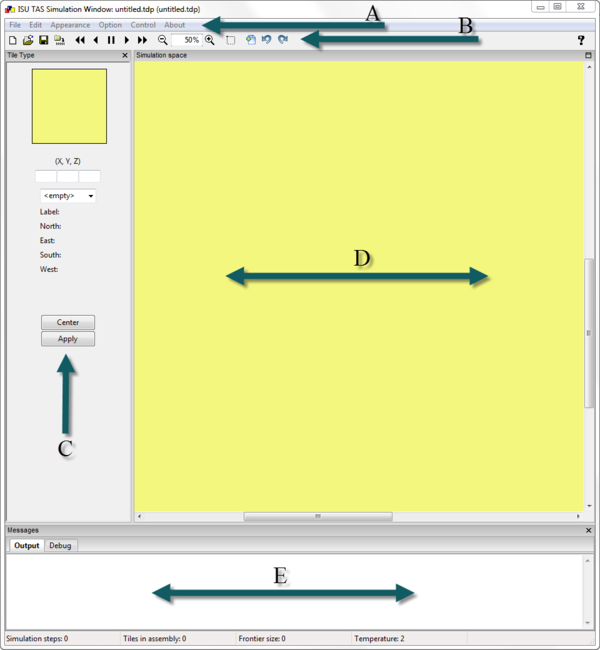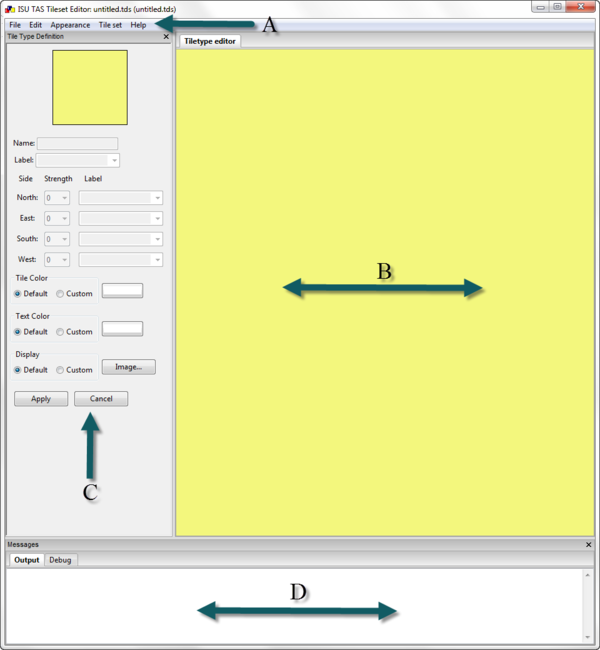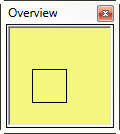Difference between revisions of "The Three Windows"
Jump to navigation
Jump to search
(→Overview Window) |
|||
| (2 intermediate revisions by the same user not shown) | |||
| Line 1: | Line 1: | ||
| − | |||
| − | |||
==Windows== | ==Windows== | ||
There are three main windows in the TAS user interface: | There are three main windows in the TAS user interface: | ||
| Line 14: | Line 12: | ||
===Overview Window=== | ===Overview Window=== | ||
| − | Finally, there is the Overview window. The simple purpose of this window is to help you navigate around large assemblies. The black box within | + | Finally, there is the Overview window. The simple purpose of this window is to help you navigate around large assemblies. The black box within this window represents the visible area of the simulation space. |
[[File:Overview_win_00.png|thumb|center|upright=2.0|alt=Overview Window|Overview Window]] | [[File:Overview_win_00.png|thumb|center|upright=2.0|alt=Overview Window|Overview Window]] | ||
Latest revision as of 15:17, 8 August 2013
Windows
There are three main windows in the TAS user interface:
Simulation Window
This is the main window of TAS. Within it the user can interface with the drop down menus (A), the toolbar (B), the Tile Type window (C), and the Simulation space (D). There is also a terminal styled Messages box (E) that outputs information about the state of the program.
Tileset Editor Window
The Tileset Editor window consists of the drop down menus (A), the Tiletype editor (B), the Tile Type Definition (C), and a Messages box (D).
Overview Window
Finally, there is the Overview window. The simple purpose of this window is to help you navigate around large assemblies. The black box within this window represents the visible area of the simulation space.


